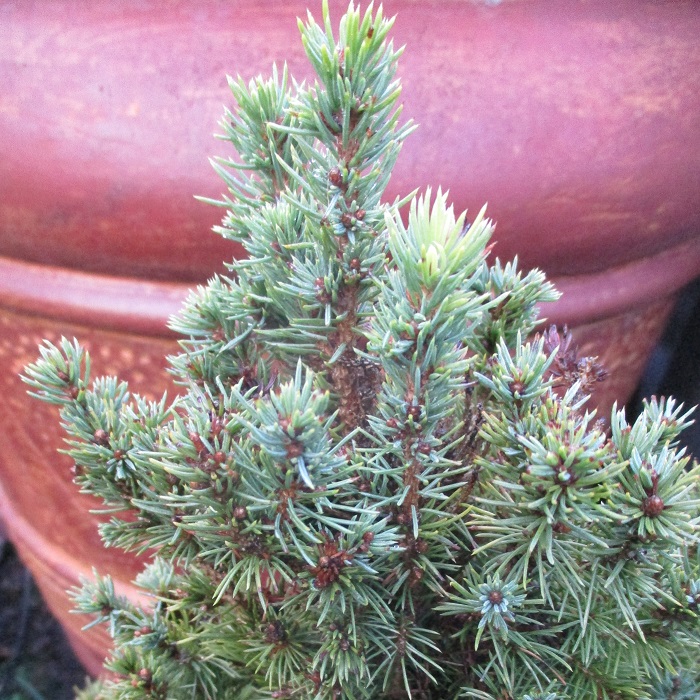UNITED STATES—Pot plants are very different from common potted plants. Potted plants sustain healthy growth within pots or similar containers. They can range from small houseplants to small trees in big tubs out in the elements. Those that do not live for long in a particular pot before outgrowing it can continue to live in increasingly larger pots. They are considered to be sustainable, rather than temporary.
Pot plants, conversely, are generally expendable. They come into the home or office at their prime, but stay only as long as they continue to perform. For some, this may not be more than a month or so. They typically live their entire brief lifetimes within their original pots. Many endured forcing techniques that are difficult to recover from. Some are little more than uncut cut flowers with roots.
Most pot plants are seasonal. Most are seasonal at Christmas time. These include poinsettias, amaryllis, Christmas cactus, azaleas, hollies, cyclamen, rosemary (in conical ‘Christmas tree’ form) and live Christmas trees. Chrysanthemums were seasonal for autumn. Miniature roses will be in season for Saint Valentine’s Day. Easter lilies and hydrangeas will be seasonal in time for Easter.
Recovery is possible.
Recovery from forcing techniques that are necessary to grow unnaturally showy pot plants is not impossible. It just might be difficult. That is why most poinsettias, Easter lilies and miniature roses rarely survive in the garden. Some pot plants, particularly azaleas and hydrangeas, are cultivars that excel as pot plants, but not in a garden. Christmas cactus and hollies are more likely to thrive.
Some types of live Christmas trees are likely to survive as well. That may not be an advantage. Dwarf Alberta spruce can remain potted as a live Christmas tree for several years, and then do well in the garden. Other spruces may remain potted for a few years, but then demand more space in the garden. Most other live Christmas trees either do not recover in the garden, or grow too large, such as Italian stone pine or Canary Island pine.
Highlight: Dwarf Alberta Spruce
Of all the live Christmas trees available, the dwarf Alberta spruce is perhaps the most practical. It is a shrubby little tree with a big name, Picea glauca ‘Albertiana’ ‘Conica.’ (‘Albertiana’ is typically omitted.) It is a dwarf cultivar of white spruce that grows very slowly. It takes many years to potentially get eight feet tall and half as wide at the base. Wild white spruce can grow a hundred feet tall.
The main disadvantage of the dwarf Alberta spruce as a live Christmas tree is the very dense foliage. It almost seems to be artificial. The small needles are only slightly bristly, and finely textured. Otherwise, dwarf Alberta spruce can remain potted as a Christmas tree for several years. It stays sufficiently compact to return to the home annually. It just does not want to be indoors for too long.
The strictly conical form of dwarf Alberta spruce is a distinctive feature in the garden. A pair of trees elegantly flanks a doorway or walkway. A row of evenly spaced trees instills formality to a linear border of bedding plants. Although they do not get too broad, they should have enough room to grow naturally. Pruning for confinement or clearance compromises their naturally symmetrical form.
Horticulturist Tony Tomeo can be contacted at tonytomeo.com.






